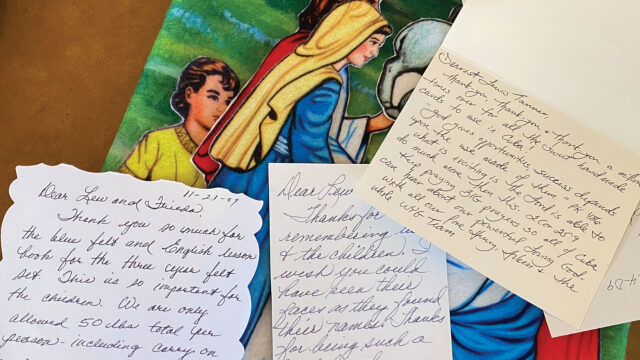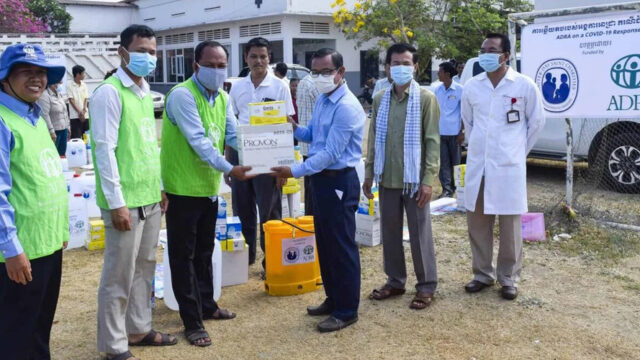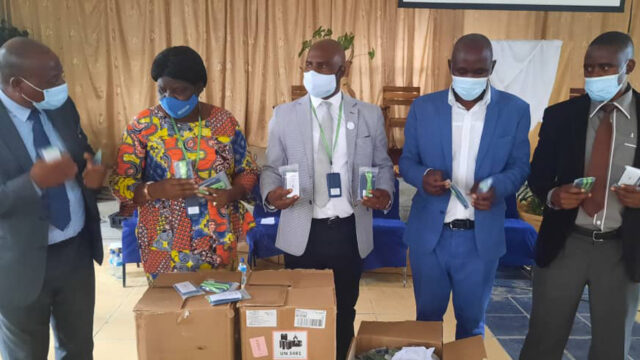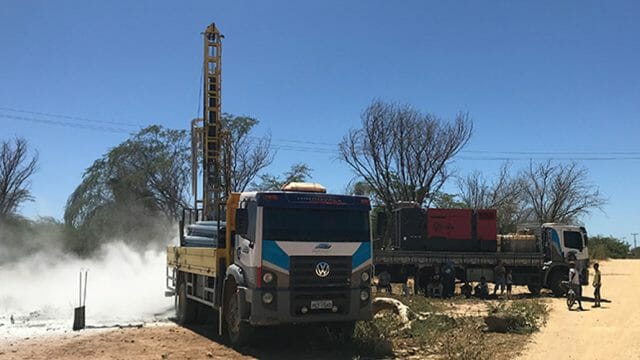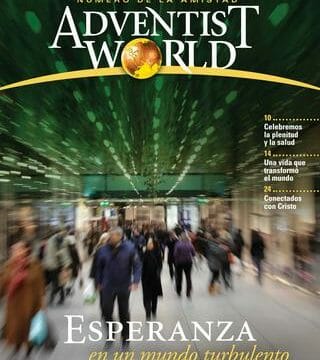An Adventist martyr in Latin America
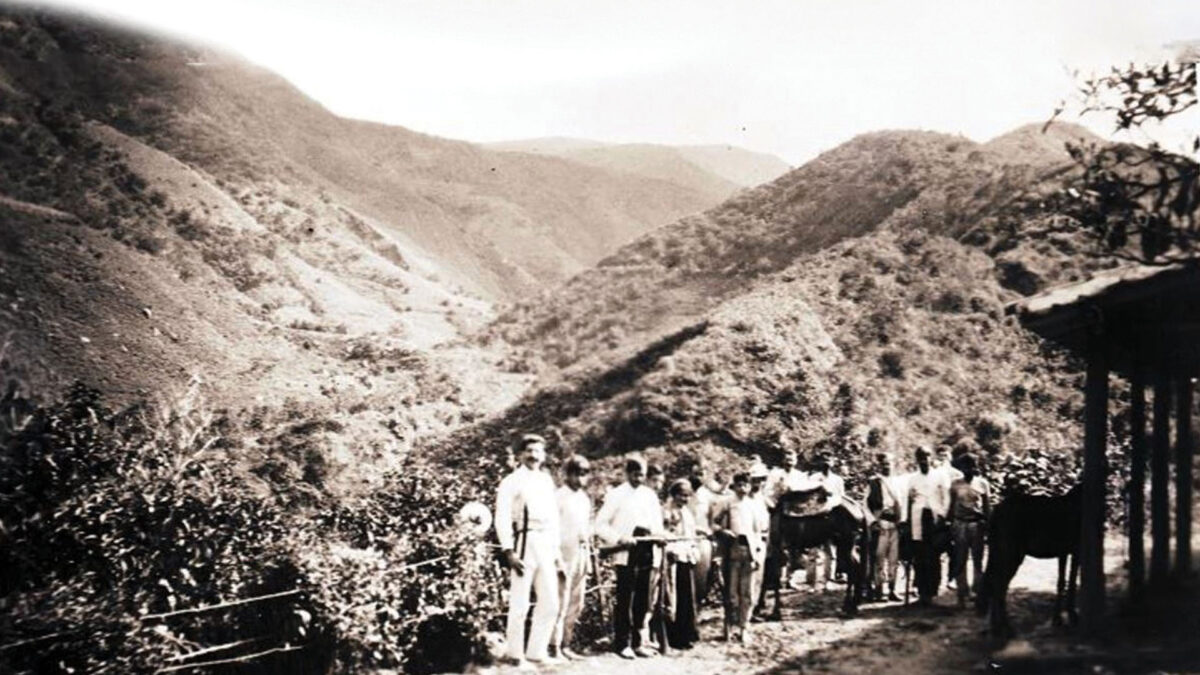
The first Puerto Rican Seventh-day Adventist didn’t begin his spiritual life auspiciously.
After the death of his firstborn son, Rafael López Miranda (1883-1922) often found solace in alcohol, frequently terrifying his wife and children with his rages. To the delight of his family, however, he responded when Adventist missionaries began preaching in Puerto Rico in 1912. He attended Bible studies and participated in prayer meetings, culminating in his baptism that same year.¹ According to Adventist historian M. E. Olsen, López was the first Puerto Rican to become a Seventh-day Adventist worker.² López later traveled to the Dominican Republic, and then on to Venezuela. He arrived in Venezuela in 1919. He sold copies of the newly translated Spanish edition of A. O. Tait’s classic on Bible prophecy, Heralds of the Morning.
As he pressed into the jungle interior, López found a family who accepted the Adventist message. This family was soon joined by others, and the small group grew into a company of 35 believers. Local religious leaders became jealous and incited mobs to burn López’s books. Some converts, however, tenaciously held on to the precious copies of truth-filled literature.
SEARCHING FOR LIGHT
In June 1920 López, dressed in a black suit, entered a store. An onlooker noted his “simple smile,” a small defect in one eye, and his balding head when he took off his hat. López walked up to the onlooker, grasped his hand, and asked in Spanish: “Are you Mr. Julio García?”
When López had first come into town, people he talked with told him that Julio García, a town resident, was interested in Christian literature, and they directed him to the store where he could find him.
“Yes, sir,” García replied. “At your service!”
“My name is Rafael López.” He then described a health book he was carrying, and after about 10 minutes García agreed to purchase it. When García asked where he was from, López responded that he was from Puerto Rico, but that “he had no home, no country, and that he was a pilgrim in this world.”
That afternoon López went to García’s home, where he met the family and studied the Bible with them.
“I learned more in that hour and a half’s study than in the study of previous years, even with the Bible in my possession,” García said. “At the close of the study [López] asked me if I would not like to pray, whereupon with a trembling voice I presented in broken phrases my supplication to God.”
López again visited García’s home later that evening, and once more at 5:00 the next morning. As López saddled his donkey to leave, he offered words of “counsel and admonition” to García and the family.
PERSECUTION AND SPIRITUAL FRUIT
On July 3, 1920, the García family kept their first Sabbath. This decision brought “a peace” they said they had not known before. That October they were part of the first group of 17 believers who embraced the truth in Camaguán, Venezuela.
On January 6, 1921, Elders W. E. Baxter and D. D. Fitch visited the García family, but some people incited a large mob that gathered outside their home. The mob chanted, “Los curas de Julio García han llegados” (“Julio García’s priests have arrived”). As the group swelled to some 200 people, Julio García said he wished the earth would swallow him up. Pastor Baxter stood on the balcony and “addressed [the mob] in excellent Spanish,” speaking of the Word of God and “its power to transform lives,” calming the crowd.
Later that year the García family was struck with influenza, which took the lives of two of the children. López sent García a letter to encourage him: “Don’t forget that faith is not to be exercised only when things go smoothly.”
García, along with six other believers, were later imprisoned for their faith. Friends in Caracas contacted the chief of the nation, Juan Vicente Gómez, who interposed on their behalf. On the eighth day of their imprisonment, the believers were released. When they walked into the church, the other believers described their release as a miracle.
THE ULTIMATE SACRIFICE
A bout of malaria forced López to return home to Puerto Rico. After his recovery, however, he resumed his post in Venezuela.
“I felt that I must return to the work here, even at the cost of my life!”
These ominous words were followed by another letter: “The mission office has advised me to leave this place at once, as my life is not safe here. Only yesterday an attempt was made on my life with a machete, but here is a list of eighteen people interested in the truth, and I cannot leave them.” Thankfully, López’s mule outran the assailants.
Despite the dire circumstances, a request by the mission office to government leaders for protection fell on deaf ears.
Only a few days later, on May 15, 1922, López was ambushed as he traveled by mule down a lonely road in the Andes. Bullets struck him, and he fell to the ground dead.³ Later was found “on his person the equivalent of about $400,”⁴ indicating to some that the motive wasn’t robbery.
Another missionary, who investigated his murder, would later deliver López’s book orders. Eventually an Adventist church would be built in the town of El Cobre, near the site of his murder, as a silent monument to this “martyr of the Andes.”
When the García family heard that their friend who had led them to Christ had been assassinated in the Venezuelan Andes, the news struck them like “an unexpected avalanche.” They remembered that they were indeed pilgrims striving for a better land, and their faith was severely tested.
MURDER INVESTIGATION
After hearing the tragic news, mission leader D. D. Fitch set out on a 1,000-kilometer (620-mile) trek on mule to establish what had happened to Brother López. He found that López had made his last home in a posada, or boardinghouse, in San Cristóbal. The woman who had hosted him told Fitch that her guest had prayed with her every morning, and she had become interested in studying the Bible. López had also left much of his money with her before he headed out to deliver his books. The woman gave the money to Fitch.⁵
Fitch also discovered that the site by the creek where López had fallen was marked by a small wooden cross. “I saw hundreds of such crosses as I traveled over these mountain trails,” said Fitch, “each marking the spot where someone had been killed.” He replaced the wooden cross with an iron one on which he marked López’s name and date of death.
Eleven days later two of the assailants were captured, and in their possession was found López’s bullet-ridden hat.
Julio García afterward described López as “a martyr for Christ”—who died at the hands of assailants, thereby giving his life to advance the Adventist message in Latin America.⁶
¹ For basic biographical details, see the Encyclopedia of Seventh-day Adventists, s.v. Rafael López Miranda, https://encyclopedia.adventist.org/article?id=GHHM&highlight=lopez; see also his obituary in Review and Herald, Aug. 10, 1922, p. 22.
² M. Ellsworth Olsen, A History of the Origin and Progress of Seventh-day Adventists (Washington, D.C.: Review and Herald Pub. Assn., 1925), p. 547.
³ Varying sources note five, nine, and 12 bullets. Whichever number is correct, the robbers who were waiting in ambush in a nearby cave accomplished their purpose.
⁴ D. D. Fitch, “The Murder of Brother Rafael López,” Review and Herald, Jan. 4, 1923, pp. 18, 19.
⁵ Ibid., p. 18.
⁶ Julio García, “A Martyr for Christ,” The Life Boat, September 1923, pp. 260, 261, 273, 275-277.


